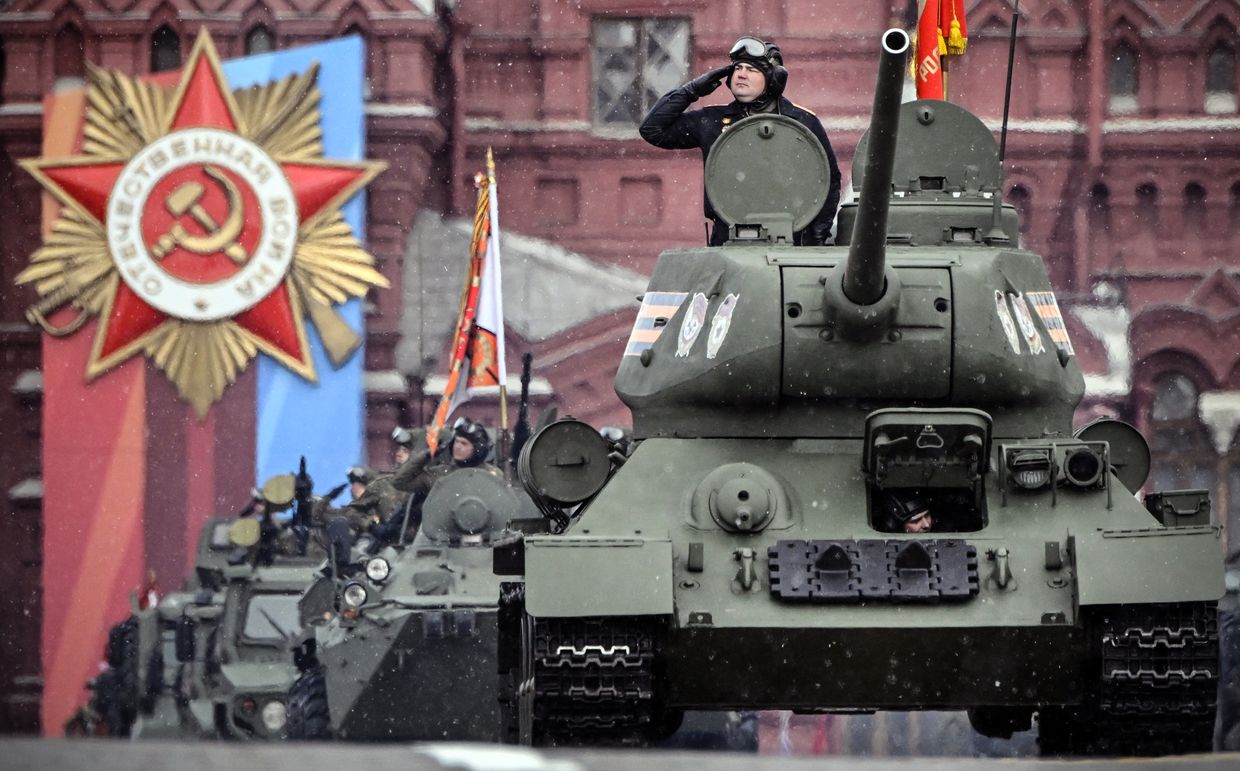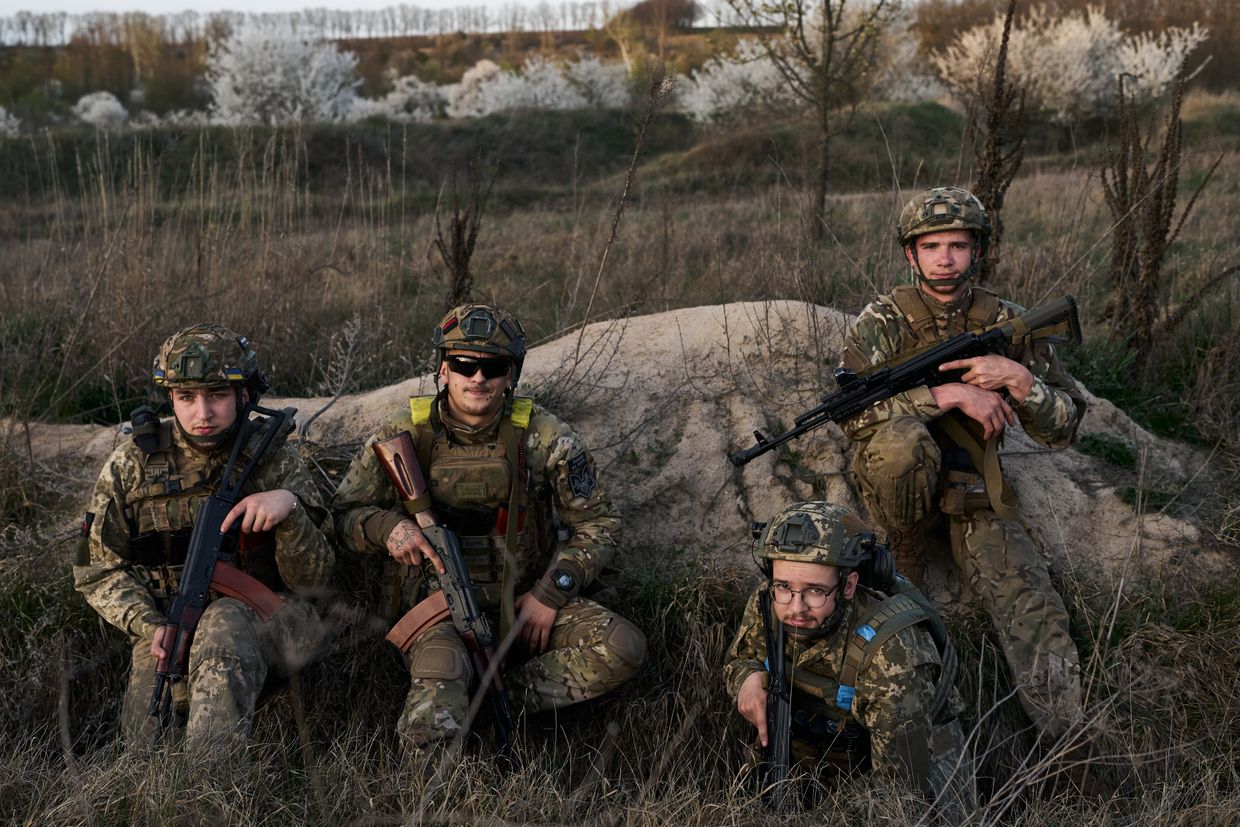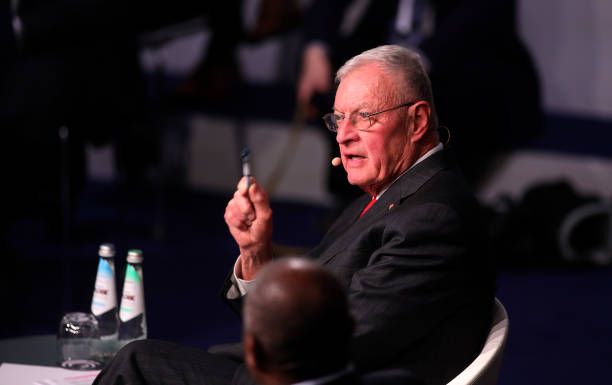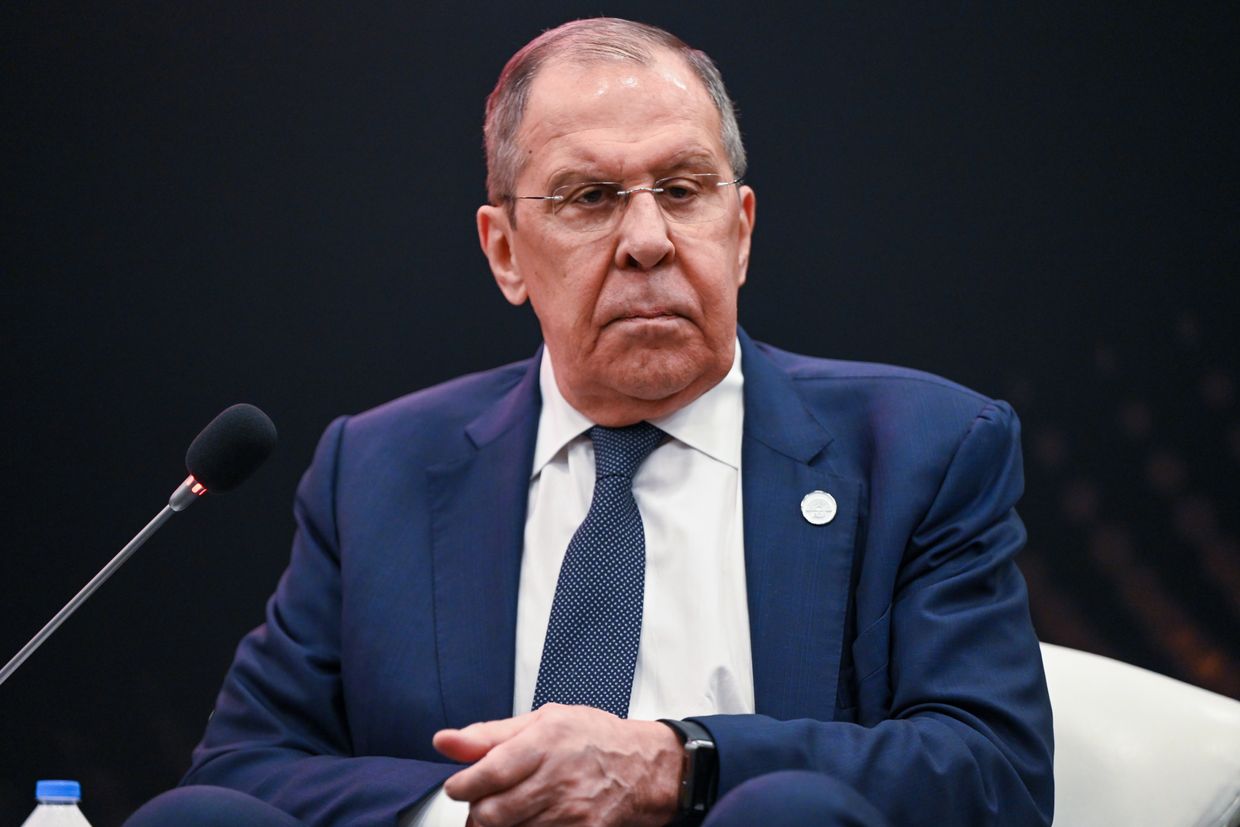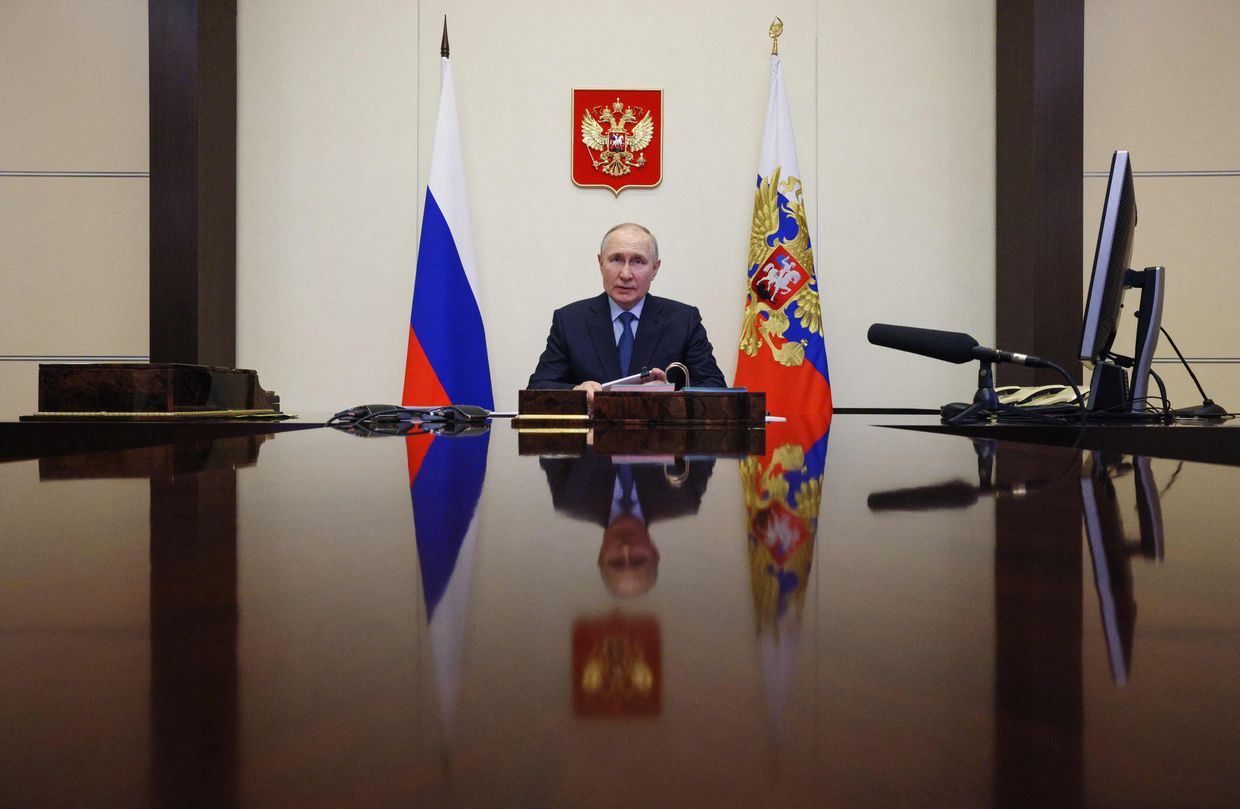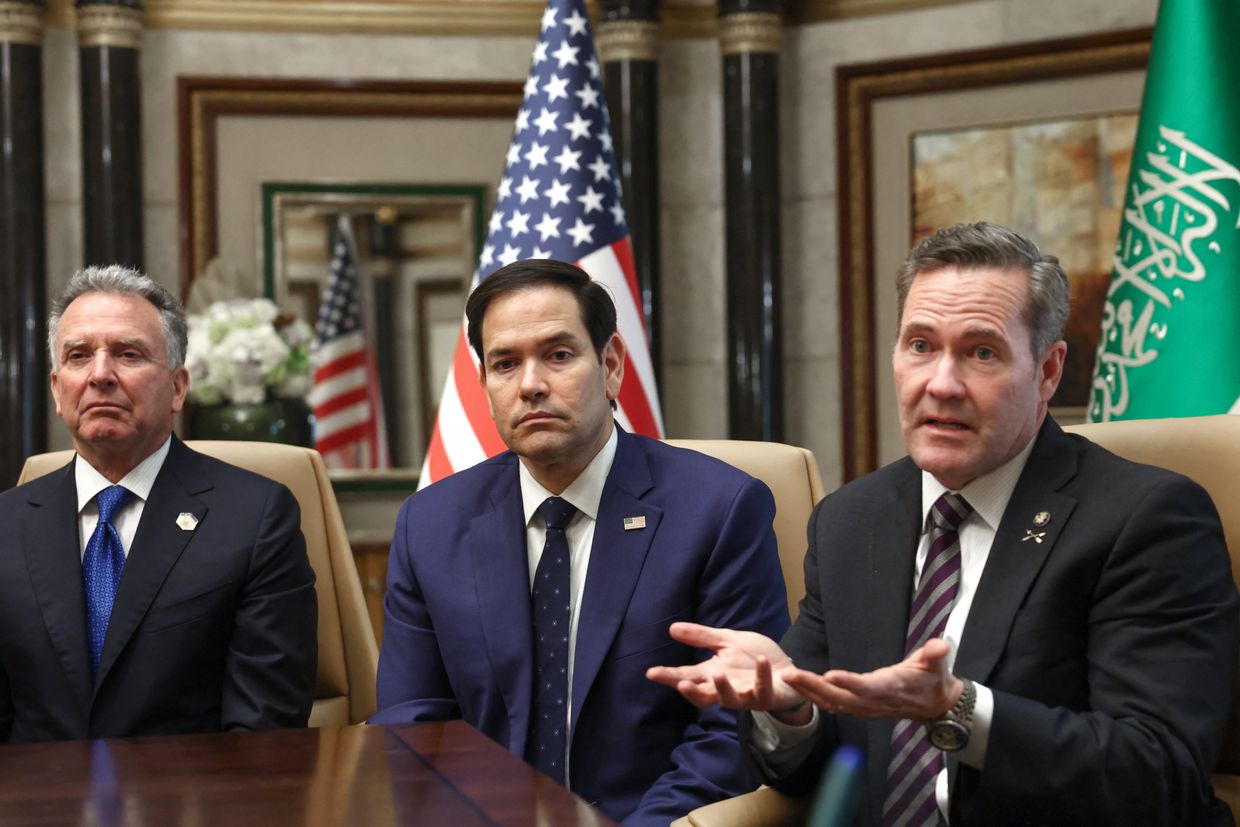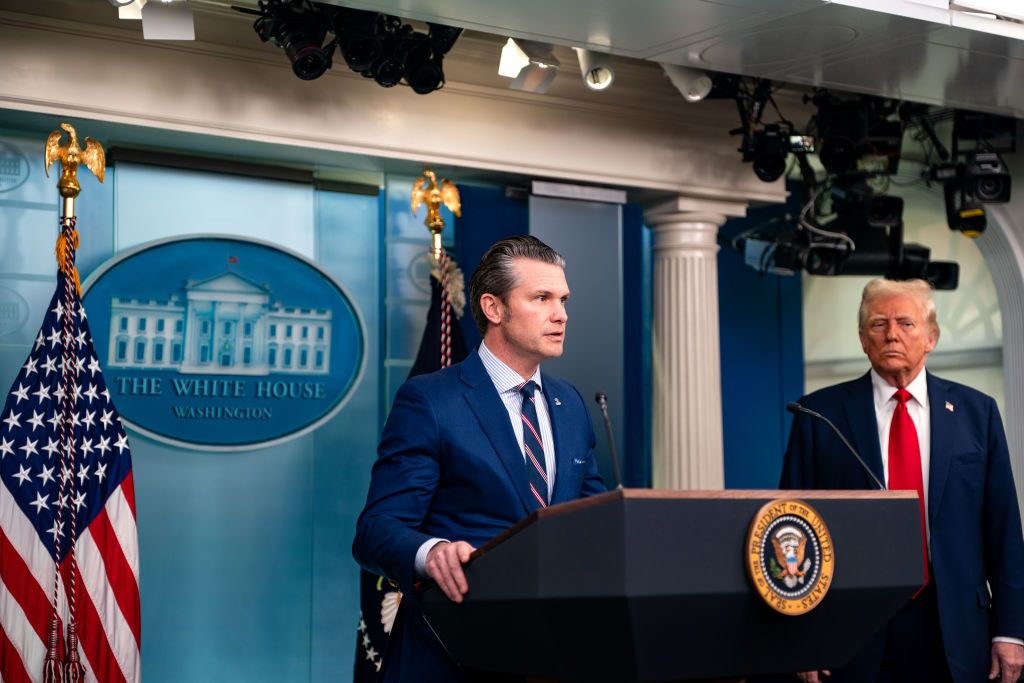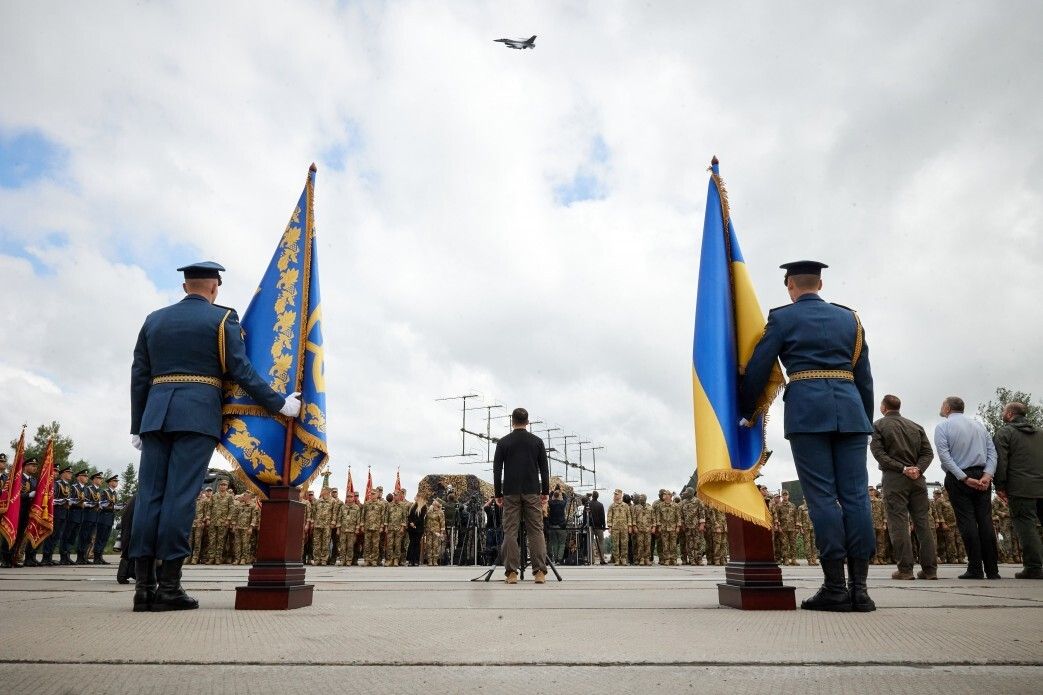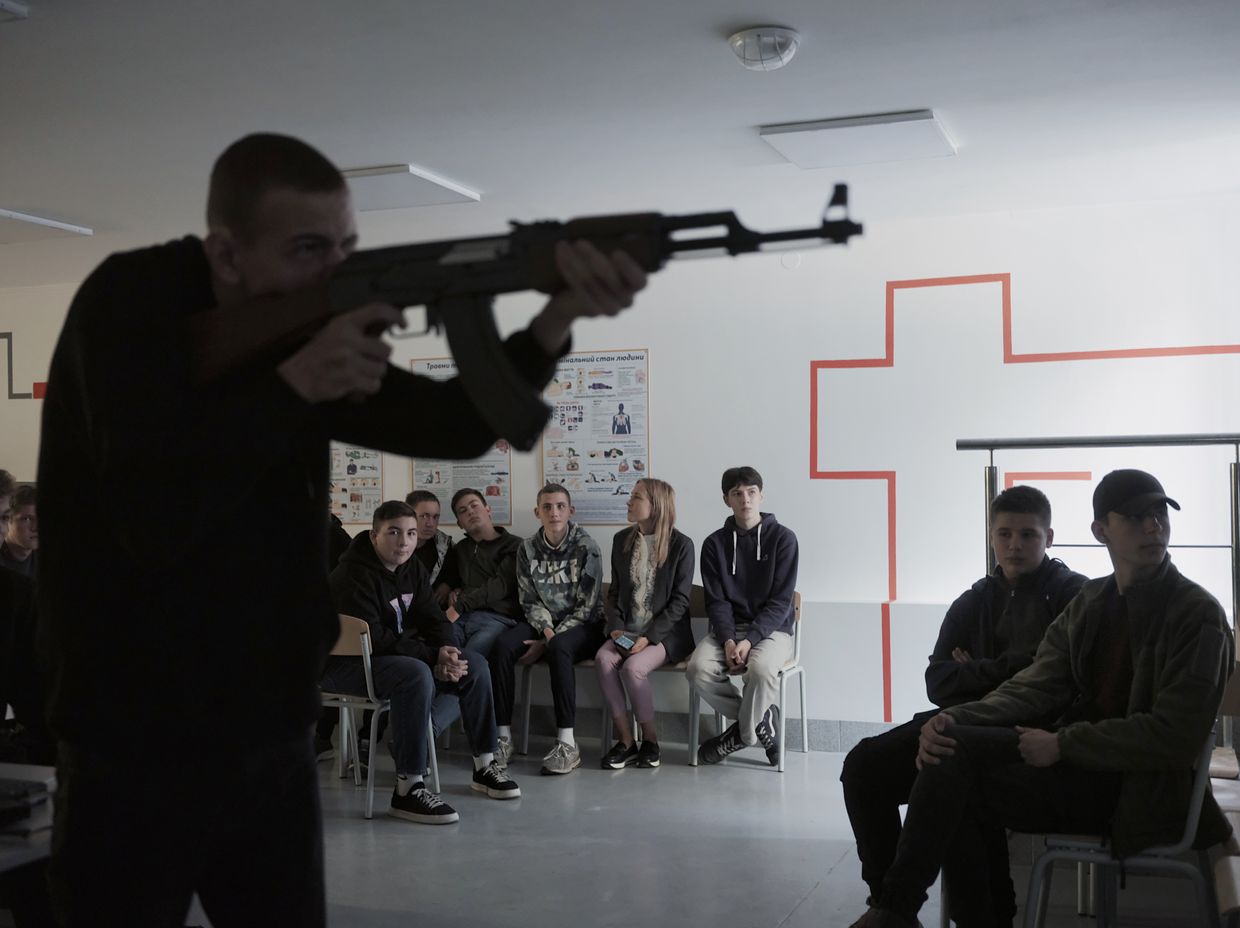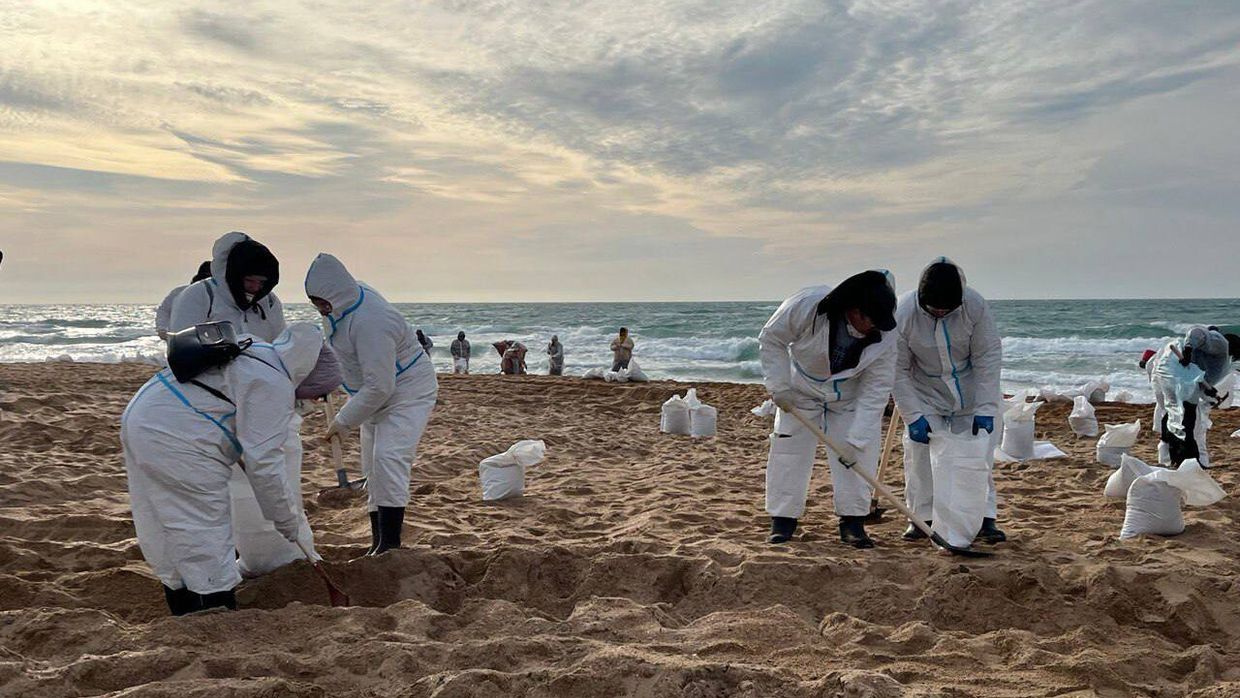Another week of Russia’s invasion of Ukraine has gone by, and Moscow has crossed yet another line with its aggression against Western targets. This time, the violation came in the form of a parcel bomb in the hold of a German aircraft. The device exploded on the ground at a logistics center tarmac rather than in mid-air due only to fortuitous delay. The head of German domestic intelligence told the Bundestag that if the plane had been airborne, it would have crashed.
The United Kingdom suspects Russian involvement in a similar incident in July at a DHL depot in Birmingham. Of course, the attempted bombing of a DHL plane is hardly the first incident where Russia has targeted Western aircraft.
A decade ago, Malaysia Airlines Flight MH17, flying from Amsterdam to Kuala Lumpur, was shot down over eastern Ukraine, killing all 298 people on board, two-thirds of whom were Dutch nationals. Russian proxies in Donetsk Oblast downed the civilian airliner with an anti-aircraft system supplied by Russia’s 53rd Anti-Aircraft Missile Brigade on direct orders from Russian President Vladimir Putin.
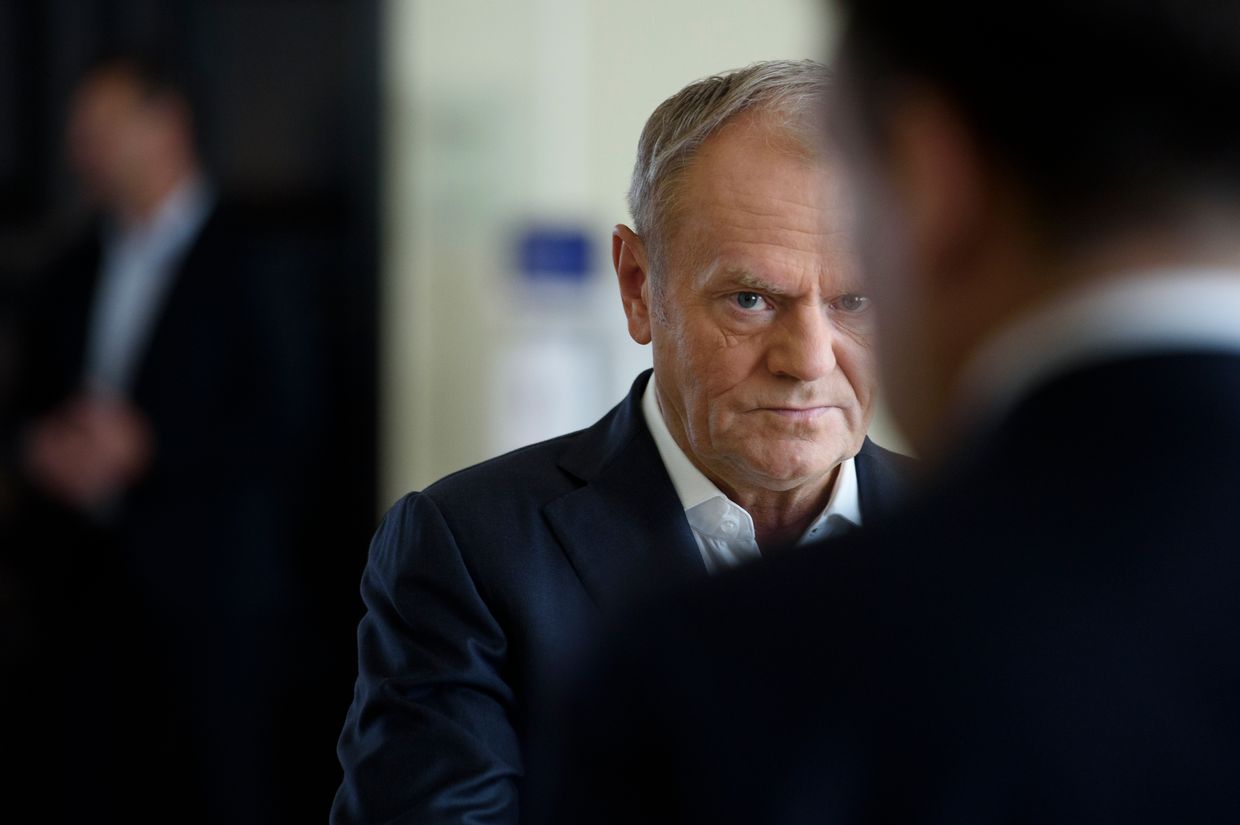
It was also reported that North Korea is supplying half of the artillery shells Russia is using against Ukraine, and North Korean leader Kim Jong Un is now sending as many as 10,000 soldiers to aid Putin’s genocidal war.
It’s a match made in hell: Putin, fearful of unrest if he orders further mobilization, gains fresh bodies for wave assaults against Ukrainian positions, while Kim receives Russian technical know-how in exchange.
Unsurprisingly, some North Korean soldiers deployed in Ukraine have already deserted. Forced into the fight, many likely have little will to sacrifice themselves in meat grinder assaults on the front line. However, expect Kim’s soldiers to be prodded forward by Russian forces who will use the same brutality they employ on their own reticent troops. Much as in World War II, Russian blocking brigades mow down retreating soldiers.
Russia’s ever-deepening alliances with the world’s autocrats and its continuous “shadow war” against the West are nothing new, yet they are a deeply concerning reality.
It’s time to admit what most already quietly know: we in the West are already at war with Russia. Yes, thankfully, not a direct full-scale war, but a war that is nonetheless active. If we fail to respond to Putin’s ongoing aggression with strength and resolve, this simmering conflict may escalate into a more serious conflagration.
"It’s time to admit what most already quietly know: we in the West are already at war with Russia."
German intelligence officials sounded a similar message, warning that “direct military conflict with NATO (is) becoming an option for Russia,” perhaps as soon as the end of the decade.
Western weakness only encourages Russian aggression, and lately the signs are not encouraging. France just announced it will fall well short of its pledge to provide 3 billion euros in military aid to Ukraine in 2024. The Biden administration, meanwhile, will remain wedded to its policy of restricting U.S.-supplied weapons from targeting sites on Russian territory, despite ample evidence that the exact opposite approach is needed.
There are, however, glimmers of hope. Putin’s need to rely on North Korean troops and to consistently sweeten the pot with larger sign-on bonuses underscores the scale of Russian losses and the challenges he faces in replacing them.
Ukrainian officials, for their part, remain confident in their ability to recruit new soldiers, though they express concerns about adequately equipping them. Belgium, Denmark, Germany, and Norway recently announced a new $1.5-billion aid package to Ukraine, which includes air defenses, tanks, combat drones, and artillery.
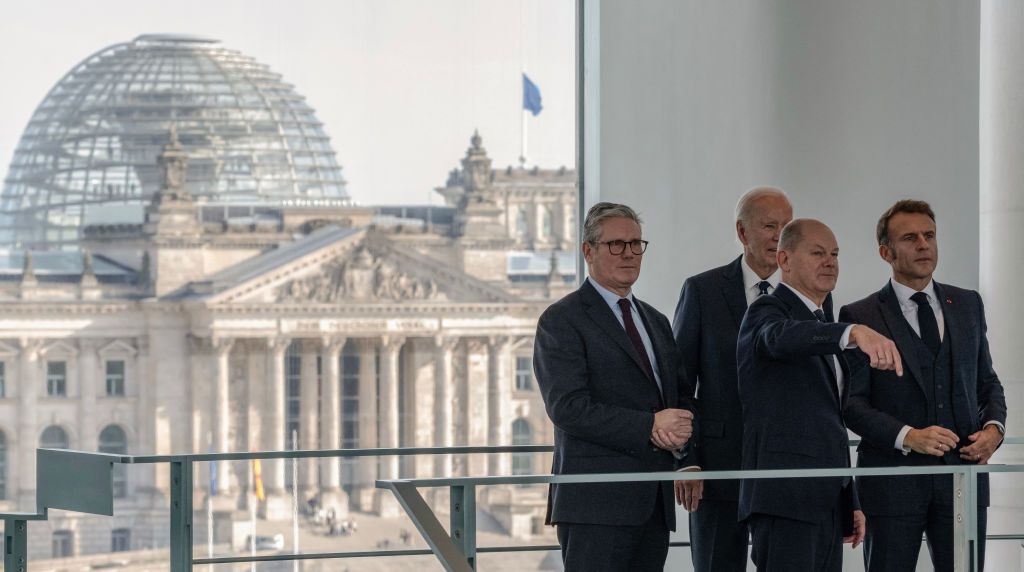
A French project to develop kamikaze drones announced successful tests, with the first 100 units slated for delivery to Ukraine by year-end. South Korea is also reportedly considering direct military aid to Ukraine in response to Russia’s use of North Korean troops on the front lines.
The outcome of Russia’s war against Ukraine and the broader shadow war against the U.S. and its allies remains in the balance. Much will depend on the next U.S. administration’s policy decisions. While there are clear pitfalls for either candidate in terms of confronting Russia, the next president has an opportunity to marshal American resolve, and begin tackling an autocratic alliance run amok through a renewed investment in hard power — investments that would pay dividends for decades to come.
Europe, too, must do some soul searching: its pace of rebuilding defense capabilities and industrial strength is inadequate. The recent near-tragedy in European airspace should serve as a wake-up call for European leaders, whose countries and civilian populations are on the front line of Putin’s shadow war. The longer Russia’s war against Ukraine grinds on, the more brazen and reckless the shadow war will become.
If Russia succeeds against Ukraine, formalizing into the Russian Federation what it has taken by force, and stymieing Ukraine’s pathway to real security guarantees via NATO membership, Germany’s warning of a hot war by 2030 may prove prescient.
Staving off that future requires leaders in the West to say what we all already know; we are already at war with Russia. Ensuring this war does not expand is not an impossible task, but it will require steely resolve, and a realization that we are likely now astride a fulcrum of history.
Editor’s Note: The opinions expressed in the op-ed section are those of the authors and do not purport to reflect the views of the Kyiv Independent.
Introducing official
merch from the Kyiv Independent






